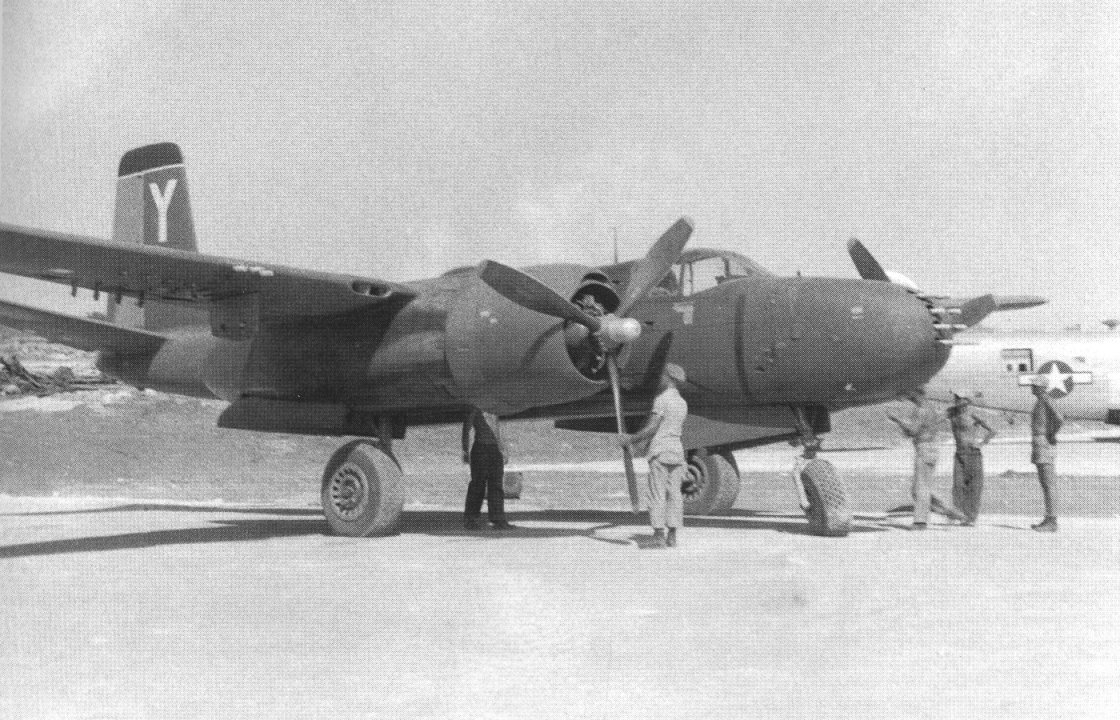Thumpalumpacus
Lieutenant Colonel
Pretty sure the Japanese were not really thrilled about having 10, 12, 14 or more .50 MGs raining down on them per pass...
Or the -G and -H models with a 75mm potshotting while four or more fifties were hosing you down ... and then come the parafrags.

